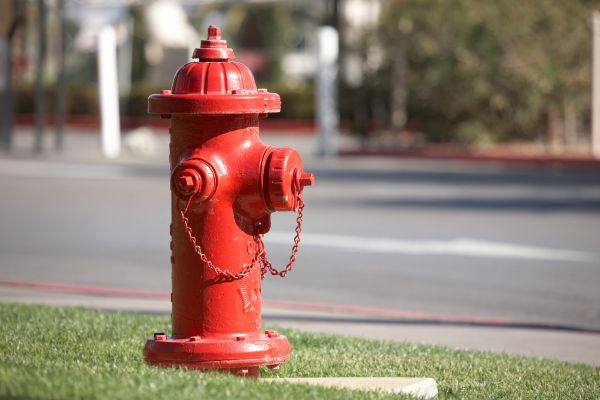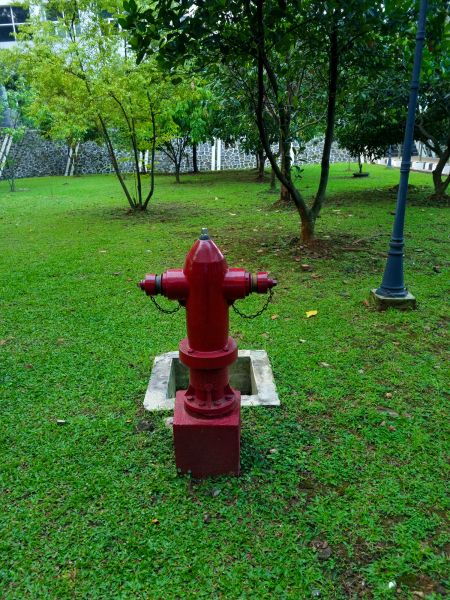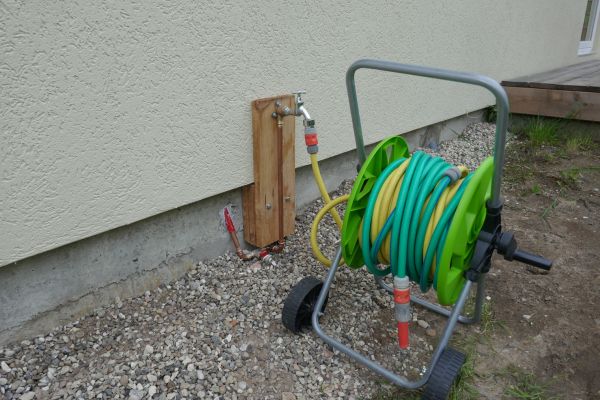FAQs About Ground Hydrant Mounting
What is a ground hydrant, and why is it mounted?
A ground hydrant is a water fixture installed at ground level for easy access to water, typically used for irrigation or other outdoor water needs. It is mounted to ensure stability, accessibility, and proper alignment for effective water flow.
How is a ground hydrant mounted?
Mounting a ground hydrant involves digging a hole, setting the hydrant base in place, securing it with concrete or another stabilizing material, and connecting it to the water supply. Proper installation ensures it remains sturdy and functional.
Can a ground hydrant be installed in any type of soil?
Ground hydrants can be installed in various types of soil, but the soil's condition affects installation. For example, rocky or sandy soil may require additional preparation or special mounting techniques to ensure stability.
How often should a ground hydrant be maintained?
Regular maintenance is recommended to ensure the hydrant functions properly and to prevent issues such as leaks or blockages. inspecting and cleaning the hydrant annually and before heavy use can help keep it in good condition.
What are common issues with ground hydrants, and how can they be resolved?
Common issues include leaks, frozen pipes in colder climates, and clogs. These can be resolved by checking for damaged parts, ensuring proper insulation in freezing temperatures, and clearing any obstructions. Regular maintenance and prompt repairs can help address these problems.



